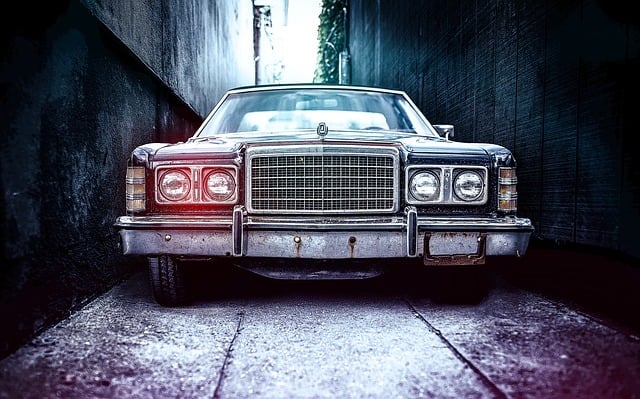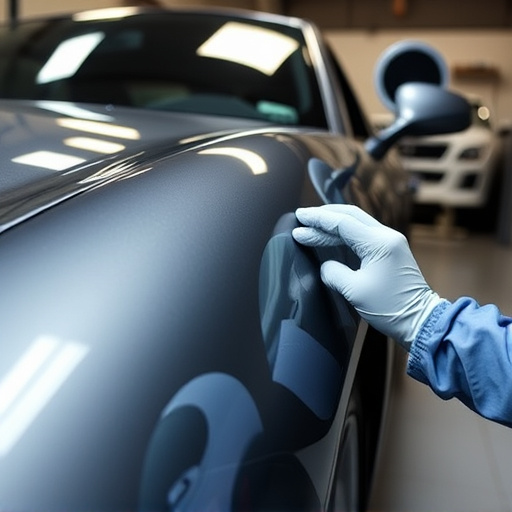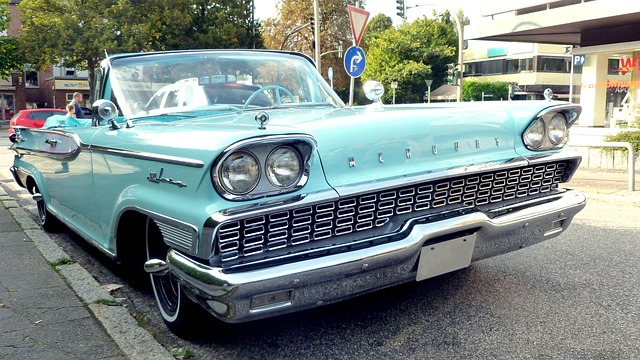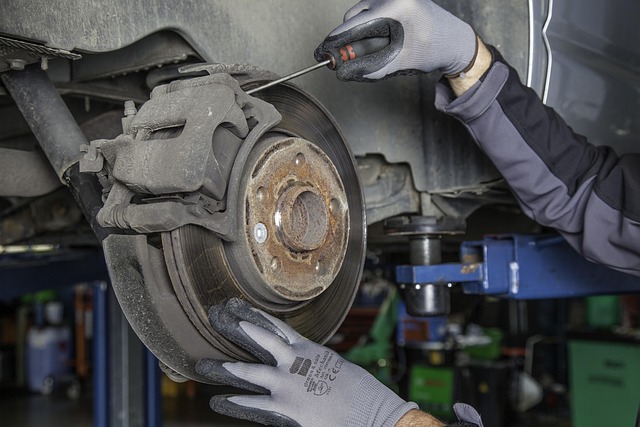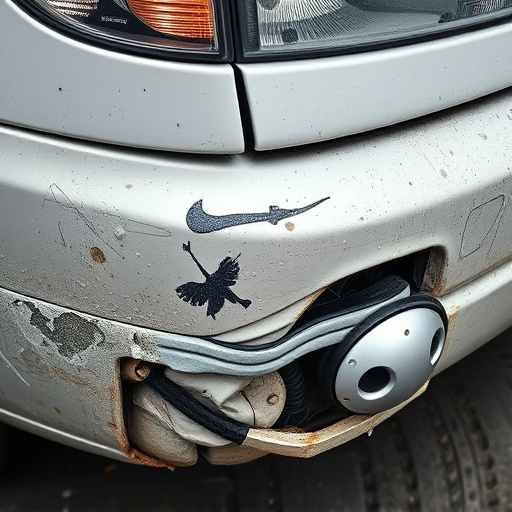Vehicle dent fixing is a detailed process requiring expert technicians who assess damage and use specialized tools like PDR for minor dents, preserving original paintwork. More severe cases may involve part replacement and expert painting. Modern techniques, including plastic deformation with pneumatic hammers and heat guns, offer precise results, minimizing the need for extensive painting or filling. Common mistakes in vehicle dent fixing include lacking proper training or equipment, inadequate surface preparation, and failing to mask off surrounding areas, which can lead to unsightly repairs and unnecessary damage. Proper preparation is key to achieving seamless and long-lasting outcomes.
Vehicle dent fixing is a crucial skill in maintaining your car’s aesthetics. This article delves into the intricate process, providing a comprehensive guide for both professionals and enthusiasts. From understanding the damage to choosing the right tools, each step plays a vital role in achieving a flawless repair. We’ll explore modern techniques, common pitfalls to steer clear of, and offer insights into effective vehicle dent fixing practices.
- Understanding Vehicle Dent Fixing: The Step-by-Step Process
- Tools and Techniques Used in Modern Dent Repair
- Common Mistakes to Avoid During Vehicle Dent Fixing
Understanding Vehicle Dent Fixing: The Step-by-Step Process

Vehicle dent fixing is a meticulous process that involves several steps to restore your car’s exterior to its original condition. It begins with an assessment where skilled technicians examine the extent of the damage, whether it’s a minor bump or a more significant dent. For smaller dents, methods like paintless dent repair (PDR) are employed, where specialists use specialized tools to gently press the dent back into place without affecting the surrounding paintwork. This technique is not only efficient but also cost-effective for minor repairs.
For more severe cases, especially involving larger dents or damage to panels like the bumper or fenders, a more extensive process is required. This might include removing damaged parts, replacing them with new ones, and then expertly painting to match the vehicle’s original finish. Many auto repair shops offer comprehensive services, from bumper repair and auto glass repair to intricate dent fixing, ensuring your car looks as good as new.
Tools and Techniques Used in Modern Dent Repair

Modern vehicle dent fixing utilizes a range of innovative tools and techniques that have revolutionized the way vehicle bodywork is repaired. One of the most common methods involves the use of specialized pneumatic hammers and mallets, which gently tap the dented area back into place. This process, known as plastic deformation, reshapes the metal without breaking or cracking it.
Additionally, dental tools such as picks and brushes are employed to clean and prepare the damaged area, ensuring a smooth surface for the final repair. In more complex cases, a heat gun might be used to warm up the dented panel, making it easier to manipulate and return to its original shape. This modern approach to vehicle dent repair not only ensures precise results but also minimizes the need for excessive painting or filling, preserving the integrity of the vehicle body repair and saving both time and costs.
Common Mistakes to Avoid During Vehicle Dent Fixing

When it comes to vehicle dent fixing, there are several common mistakes that do-it-yourself enthusiasts and even some professional shops make. One of the biggest blunders is attempting to fix deeply embedded or complex dents without proper training and equipment. Car paint repair requires precision and a keen eye for detail, so using incorrect techniques can lead to unsightly repairs that don’t match the vehicle’s original finish.
Another mistake to avoid is not preparing the dented area adequately before applying any fixing methods. This includes failing to clean and degrease the surface, which can result in poor adhesion of the repair materials. Additionally, skipping steps like masking off surrounding areas to prevent overspray during auto dent repair can cause unnecessary damage or discoloration to other parts of the car. Remember, proper preparation is key to achieving a seamless and long-lasting vehicle collision repair outcome.
Vehicle dent fixing is a precise art that restores your car’s exterior to its original condition. By understanding the step-by-step process, familiarizing yourself with modern tools and techniques, and steering clear of common mistakes, you can achieve exceptional results. Remember, proper dent repair not only enhances your vehicle’s aesthetics but also preserves its resale value. So, whether you opt to do it yourself or visit a professional, knowing the ins and outs of vehicle dent fixing is key to a flawless finish.
